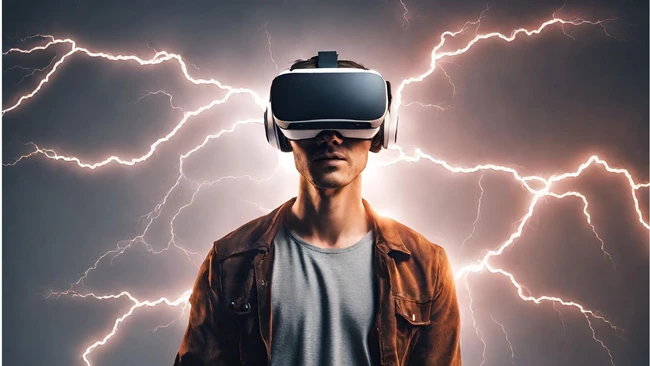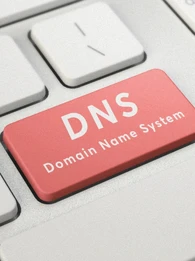
The Federal Communications Commission (FCC) has given the go-ahead for tech companies to create Metaverse devices and wearables that operate at the 6GHz wireless band.
The commission will permit Metaverse-enabled wearable technology, including virtual reality (VR) and augmented reality (AR) devices, to tap into the speedy 6GHz frequency –, which boasts faster speeds, more bandwidth and lower latency.
Tech companies developing these devices won’t need a license either, meaning that all VR and AR devices operating at very low power (VLP) can use the 6GHz frequency as long as they have a total of 850 megahertz of spectrum.
“These rules will spur an eco-system of cutting-edge applications, including wearable technologies and augmented and virtual reality that will help businesses, enhance learning opportunities, advance healthcare opportunities and bring new entertainment,” the FCC said in a statement announcing the rule changes.
“The 6 GHz band is important for next-generation Wi-Fi operations. The FCC, in recent years, expanded unlicensed use in 1,200 megahertz of spectrum between 5.925 and 7.125 GHz. Today’s rules build off this success to allow for other types of operations in the band.”
The commission added that this move would “enrich consumer experiences and bolster the nation’s economy.” It stressed devices will be restricted to that VLP level.
Long time coming
The news comes as a host of tech companies, including Meta, Apple and Google work to push out AR and VR wearables in the coming months.
Meta is set to launch its Meta Quest 3 device in October, while Apple’s Vision Pro is expected to be released in early 2024. Meta also launched a second iteration of its Ray-Ban-partnered AR glasses in September. According to Bloomberg, Apple and Google are also working on similar AR-enabled glasses.
The three tech giants all petitioned for the FCC to approve the use of the 6GHz band back in 2019 – to no avail.
The Commission has adopted new rules to allow very low power devices to operate in the 6 GHz band alongside other Wi-Fi-enabled devices: https://t.co/HFaf2Hbh4M
— The FCC (@FCC) October 19, 2023
Before the latest rule change, they could make use of the sub-GHz frequency unlicensed, the companies have long been trying to avoid pesky licensing issues while using the most up-to-date Wi-Fi connectivity standards.
“The new rules however are careful to limit these devices to very low power levels and subject them to other technical and operational requirements that will permit these devices to operate across the United States while protecting incumbent licensed services that operate in the 6GHz band,” the FCC stated in its release.
The 6 GHz band is also used by services that manage the US electric grids, long-distance phone services and backhaul – hence the need for FCC oversight on the tech.
As part of its agreement to allow VLP devices to access the frequency, the regulator also proposed expanding the ability for devices to use higher power levels if they are geofenced to stop interference with licensed operations on the same band.












